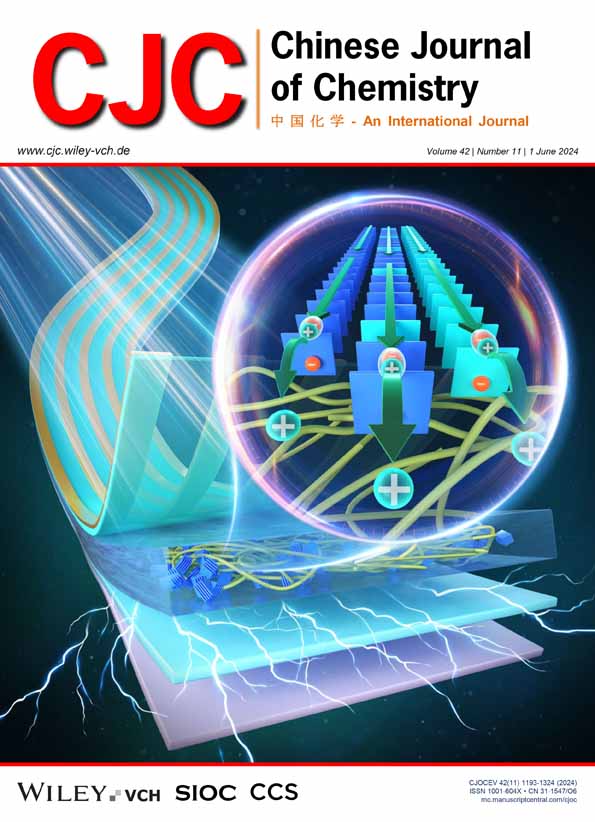Organoborons are commonly used building blocks for rapidly increasing molecular complexity. Although significant progress has been made in the selective functionalization of mono-organoborons, the site-selective functionalization of poly(organoborons) has attracted substantial interest in organic synthesis, pharmaceuticals, and agrochemicals due to the presence of multiple potential reaction sites. This review discusses various activation modes of the target C–B bond, with diverse transformations being achieved in both a selective and efficient manner. Recent advances in the catalytic selective transformations of 1,n-diboronates through ionic and radical pathways are highlighted. Furthermore, we summarize the existing challenges and future research directions in this field.
In 1993, Suzuki, Miyaura and coworkers developed a pioneering example of selective arylation towards cis-1,2-bis(boryl) alkenes, marking the inception of this field. The Morken group has made significant contributions to the asymmetric diboration of alkenes and realized elegant catalytic functionalization of these compounds since 2004. In 2016, Fernández and colleagues achieved the selective arylation of the internal C–B bond of tri(boronates). Since 2019, the Aggarwal group has developed efficient Giese-type addition and selective arylation at the more substituted C–B bond of 1,2-bis(boronic) esters through photoredox catalysis. The controllable regiodivergent alkynylation of 1,3-bis(boronic) esters was developed by Gao and coworkers in 2023. Recently, Qin conducted elegant research on the programmable late-stage functionalization of bridge-substituted bicyclo[1.1.1]pentane (BCP) bis-boronates. Since 2013, catalytic stereoselective transformations have been developed by several groups, including those led by Morken and Chen. This review summarizes the latest and most significant developments in this field since 1993.


